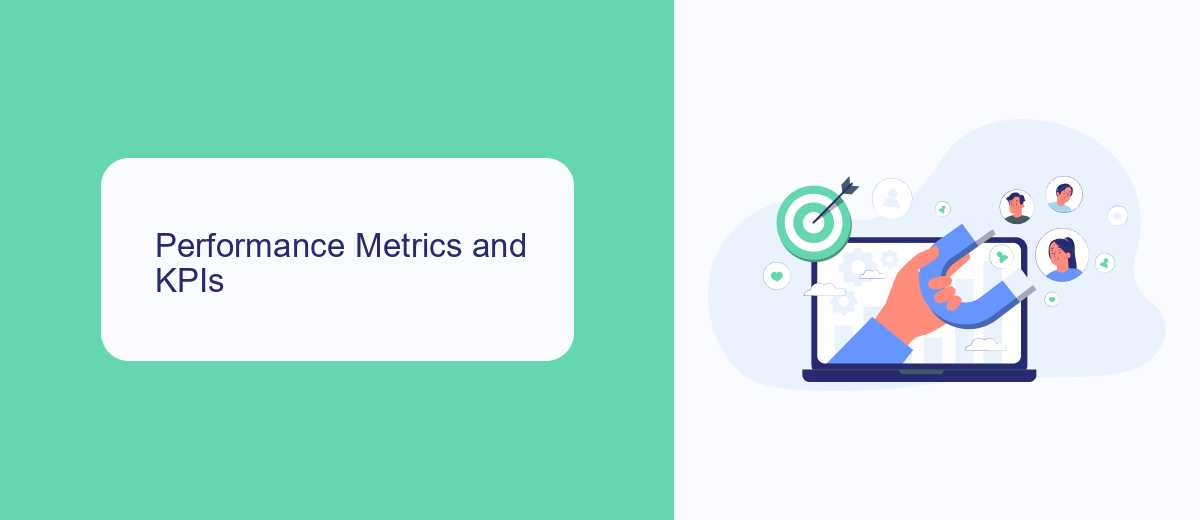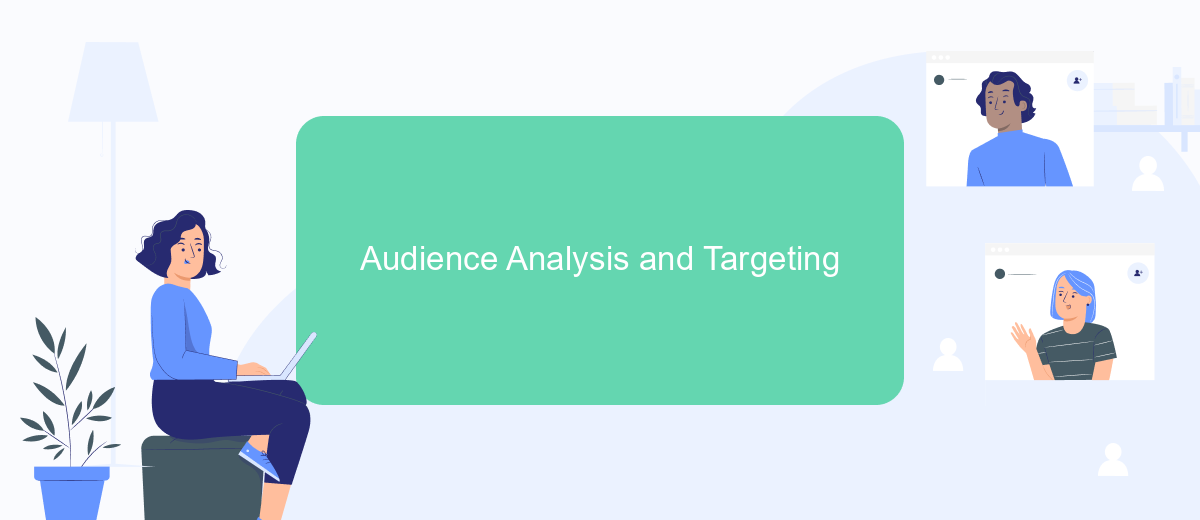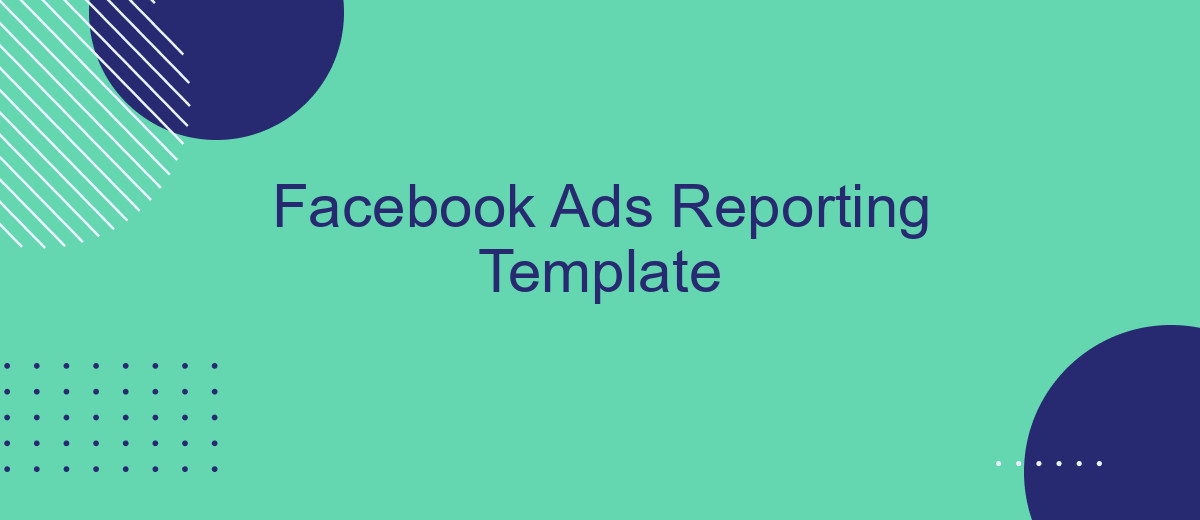In today's digital landscape, understanding the performance of your Facebook advertising campaigns is crucial for maximizing ROI and refining marketing strategies. A well-structured Facebook Ads Reporting Template can simplify this process by providing clear insights into key metrics, audience engagement, and conversion rates. This article explores the essential components of an effective reporting template to help marketers make data-driven decisions with confidence and precision.
Campaign Overview and Objectives
In the dynamic world of digital marketing, understanding the broader context and specific goals of your Facebook advertising campaigns is crucial for success. A well-defined campaign overview not only provides clarity but also aligns your marketing efforts with business objectives. This section aims to offer a snapshot of what your campaign intends to achieve, setting the stage for data-driven decision-making.
- Identify the primary objective: brand awareness, lead generation, or sales conversion.
- Define the target audience: demographics, interests, and behaviors.
- Set key performance indicators (KPIs) to measure success.
- Outline the budget and timeline for the campaign.
- Highlight any unique selling propositions (USPs) or creative strategies.
By clearly articulating the campaign overview and objectives, you lay a strong foundation for evaluating performance and optimizing strategies. This clarity ensures that every team member is on the same page and that all efforts are geared towards achieving the desired outcomes. Ultimately, a well-structured overview not only guides campaign execution but also facilitates effective reporting and analysis.
Performance Metrics and KPIs

Understanding and analyzing performance metrics and KPIs is crucial for optimizing your Facebook Ads campaigns. Key performance indicators such as click-through rate (CTR), conversion rate, cost per click (CPC), and return on ad spend (ROAS) provide valuable insights into the effectiveness of your ads. Monitoring these metrics helps in identifying what works and what doesn't, allowing you to make data-driven decisions to improve your campaigns. Regularly reviewing these metrics ensures that your advertising strategy aligns with your business goals, maximizing your return on investment.
To streamline the process of tracking and analyzing these metrics, integrating your Facebook Ads data with other platforms can be highly beneficial. Services like SaveMyLeads offer seamless integration solutions that automate the flow of data, ensuring that you have real-time access to your performance metrics. This not only saves time but also enhances the accuracy of your reporting. By leveraging such integrations, you can focus more on strategy and less on manual data handling, ultimately driving better results from your advertising efforts.
Audience Analysis and Targeting

Understanding your audience is crucial for the success of any Facebook advertising campaign. By analyzing audience data, marketers can gain insights into the demographics, interests, and behaviors of potential customers. This information helps in crafting targeted ads that resonate with specific segments, ultimately improving conversion rates and return on investment.
- Identify key demographics such as age, gender, and location.
- Analyze interests and behaviors to tailor ad content.
- Utilize Facebook's Custom Audiences for retargeting.
- Explore Lookalike Audiences to expand reach.
- Regularly review and adjust targeting strategies based on performance data.
By implementing these steps, advertisers can create a more personalized experience for their audience, ensuring that the right message reaches the right people at the right time. Continuous analysis and adjustment of audience targeting strategies are essential to maintain relevance and effectiveness in a dynamic digital landscape. This not only enhances engagement but also maximizes the efficiency of your ad spend.
Creative Performance and Insights

Understanding the performance of your creative assets is crucial for optimizing Facebook ad campaigns. By analyzing key metrics, you can identify which creatives resonate most with your audience and drive the desired results. This insight allows you to allocate your budget more effectively and enhance overall campaign performance.
To assess creative performance, focus on metrics such as engagement rate, click-through rate (CTR), and conversion rate. These indicators provide a comprehensive view of how well your ads capture attention and encourage action. Additionally, consider the relevance score to gauge how well your creative aligns with your target audience's interests.
- Engagement Rate: Measures how users interact with your ad, reflecting its appeal.
- Click-Through Rate (CTR): Indicates the effectiveness of your ad in driving traffic.
- Conversion Rate: Shows the percentage of users who complete a desired action after clicking.
- Relevance Score: Evaluates the ad's alignment with audience interests and feedback.
Regularly reviewing these metrics helps in identifying top-performing creatives and those needing improvement. By iterating on successful elements and refining underperforming ones, you can enhance the effectiveness of your Facebook ad campaigns. This ongoing process is key to maintaining a competitive edge and achieving your marketing goals.


Budget Allocation and ROI
Effective budget allocation is crucial for maximizing the impact of your Facebook Ads campaigns. Start by analyzing historical data to identify which ads and audience segments deliver the best performance. Allocate a larger portion of your budget to these high-performing areas while experimenting with smaller amounts on new strategies. Regularly review and adjust your budget based on real-time performance metrics to ensure you are investing in the most profitable avenues. Utilize tools like SaveMyLeads to streamline your data integration process, ensuring you have up-to-date insights for making informed budget decisions.
ROI, or Return on Investment, is a key metric for assessing the success of your Facebook Ads. To calculate ROI, compare the revenue generated from your ads to the total ad spend. Aim for a positive ROI by continuously optimizing your campaigns. This involves A/B testing different ad creatives, targeting options, and bidding strategies. By leveraging automated reporting tools and services like SaveMyLeads, you can efficiently track ROI and make data-driven adjustments to enhance your advertising strategy. Remember, a well-planned budget allocation combined with a focus on ROI will lead to more successful and cost-effective ad campaigns.
FAQ
What is a Facebook Ads Reporting Template, and why do I need it?
How can I automate data collection for my Facebook Ads Reporting Template?
What key metrics should be included in a Facebook Ads Reporting Template?
How often should I update my Facebook Ads Reporting Template?
Can I customize my Facebook Ads Reporting Template to fit my specific needs?
You probably know that the speed of leads processing directly affects the conversion and customer loyalty. Do you want to receive real-time information about new orders from Facebook and Instagram in order to respond to them as quickly as possible? Use the SaveMyLeads online connector. Link your Facebook advertising account to the messenger so that employees receive notifications about new leads. Create an integration with the SMS service so that a welcome message is sent to each new customer. Adding leads to a CRM system, contacts to mailing lists, tasks to project management programs – all this and much more can be automated using SaveMyLeads. Set up integrations, get rid of routine operations and focus on the really important tasks.
